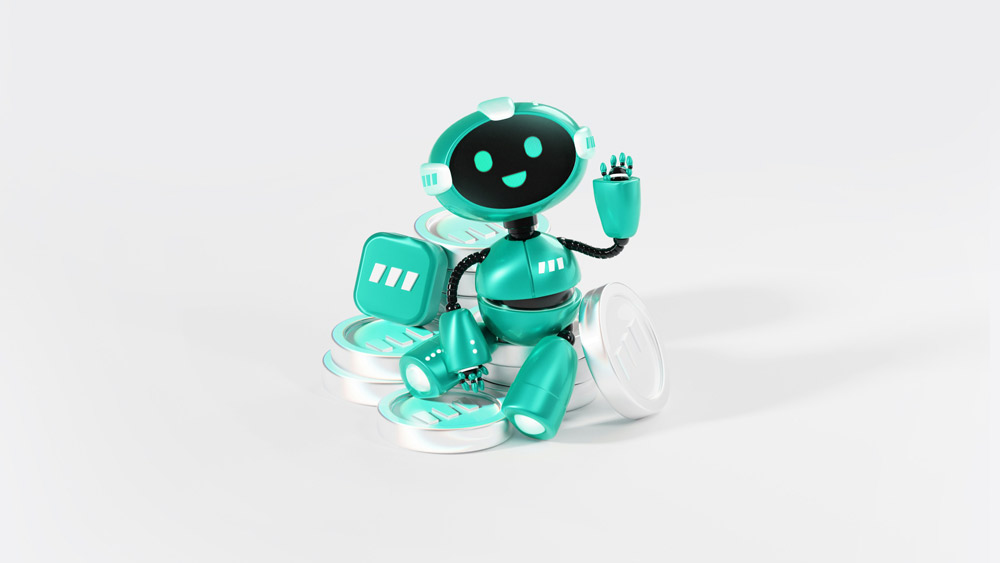Robots can be helpful. They just need clear instructions. Photo by Ant Rozetsky on Unsplash
Imagine having to straighten up a messy kitchen, starting with a counter littered with sauce packets. If your goal is to wipe the counter clean, you might sweep up the packets as a group. If, however, you wanted to first pick out the mustard packets before throwing the rest away, you would sort more discriminately by sauce type. And if, among the mustards, you had a hankering for Grey Poupon, finding this specific brand would entail a more careful search.
|
ADVERTISEMENT |
MIT engineers have developed a method that enables robots to make similarly intuitive, task-relevant decisions.
The team’s new approach, named Clio, enables a robot to identify the parts of a scene that matter, given the tasks at hand. With Clio, a robot takes in a list of tasks described in natural language and, based on those tasks, determines the level of granularity required to interpret its surroundings and “remember” only the parts of a scene that are relevant.
…

Add new comment